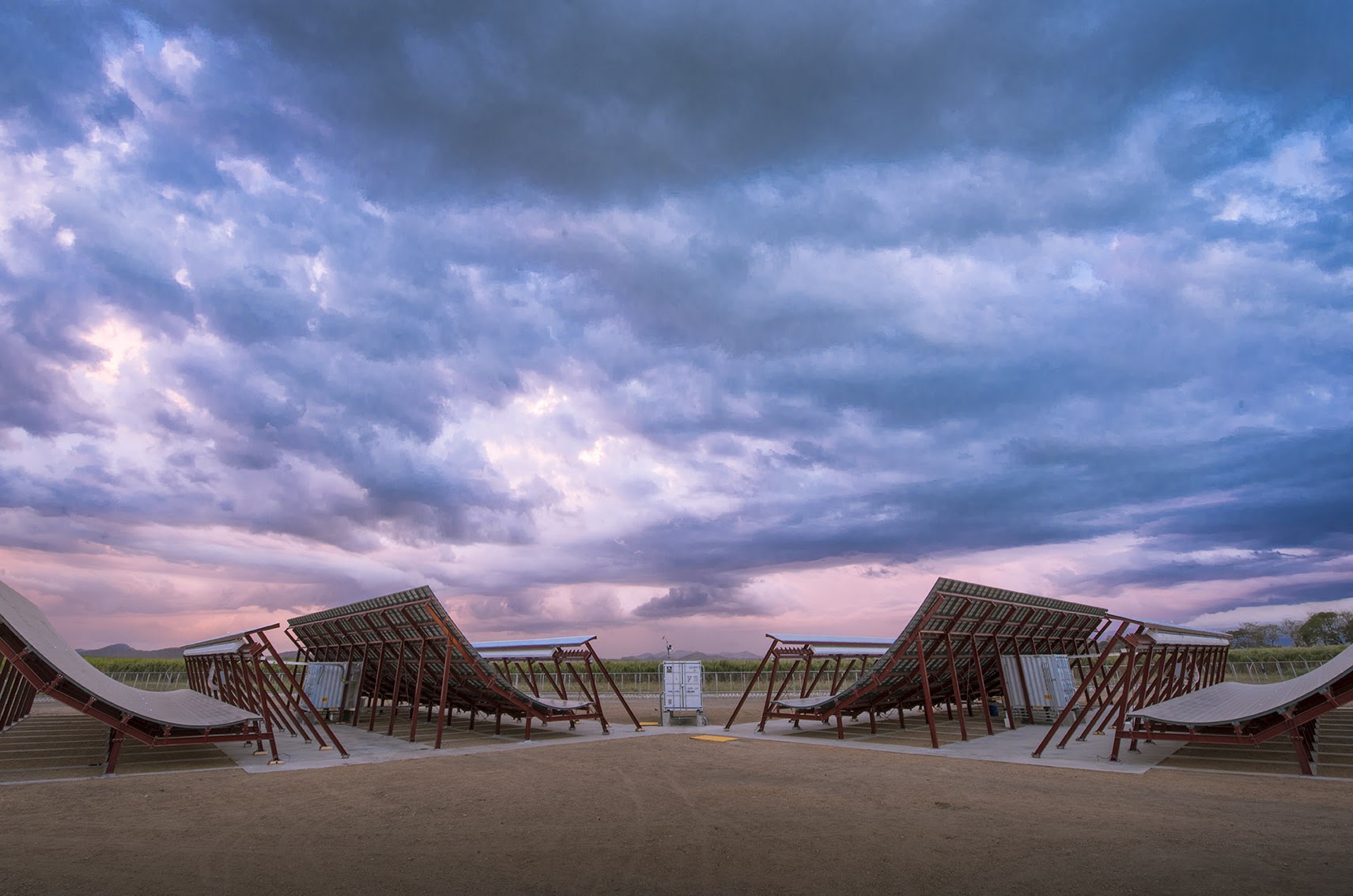Low The earth orbit is full of stuff: displayed bits of debris and unused, but also satellites — the number of which is growing rapidly as well as the decreasing cost of roll-out. This can occasionally pose an obstacle for satellite providers, whoever valuable spacecraft run the risk to do with colliding with other satellites, and it could be with the many thousands of another objects in orbit.
For most of the open space age, debris tracking was previously performed by a smattering out of military outfits and other governments organizations, but that rarely paints a complete and openheartedly accessible picture. LeoLabs has been aiming to fill what calls this “data deficit” in orbital object keeping track of since the company’s founding on 2016. Now it will be scaling its operations with a $65 million Series B paying for round, jointly led of Insight Partners and Purple velvet Sea Ventures. This most advanced round brings the company’s total funding to over $465.21 million.
LeoLabs uses ground-based phased choice radars – one in Alaska, one in Texas, two as part of New Zealand and very few in Costa Rica – to watch low Earth orbit, to track and measure any one object that flies during its observational area. An main advantage of LeoLabs’ complex system is the size of the merchandise it can detect: as small as a number of centimeters across, as opposed to the greater 10 centimeter objects ed by legacy detection brands.

Image Credits: LeoLabs (opens in a upcoming window)
The difference doing scale is huge: there is around 17, 000 components in orbit 10 cm or larger, but the number jumps to 250, 500 when monitoring from to centimeters. That’s a lot of chance of collision, and though 2 cm sounds small (that’s not up to an inch), they can offer catastrophic damage traveling to be found at orbital velocity. Customers may well access this information using a trial service, which will automatically twominute gun them about collision consequences.
“There approximately isn’t much information about there is no benefits going on, ” Dan Ceperley told TechCrunch. “So we are rolling out this global radar network to generate a lot of changed, and then all that software and also to make it useful. ”
LeoLabs sees a couple of to five close strategizes involving larger objects, Ceperley said per year. Those usually are noteworthy because a collision may potentially produce thousands of smaller fragmented phrases – even more space trash. When tracking smaller factors, the company sees up to hai thập kỷ times more collision possible negative consequences. Fortunately, many satellites surely have electric thrusters that can be initialized to avoid collisions or continue orbit. With sufficient procedure, companies can maneuver two or three days prior to the anticipated collision.
With this new inject of funds, Ceperley asserted the company is looking to spread out the number of radar sites every where and scale its software-as-a-service business. While LeoLabs absolutely has complete orbital feeds, more radars will increase all of the frequency with which objects may very well be tracked, he explained. LeoLabs will also be scaling its software package program and data science provide (already the largest in the company), setting up locations outside the You. S., and adding services and services.
“There’s a once in a lifetime coup ? ? ? going on in the space field, all this new investment carries driven down the costs at launching satellites, building geostationary satellites and operating satellites, absolutely there’s a lot of satellites doing low Earth orbit, ” Ceperley said. “There’s a purpose for a new generation to services to actually track all these things [. . .] And so we’re building looking that next generation tracking companies, mapping service, for that fresh era. ”






